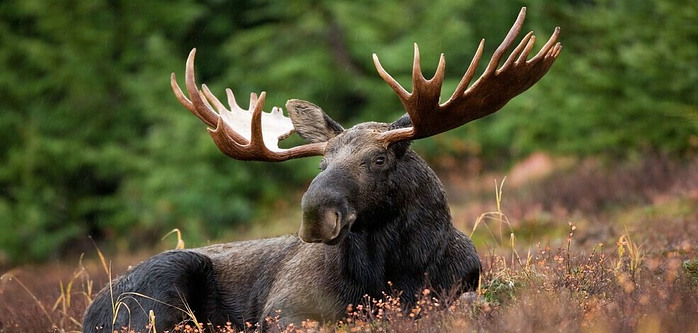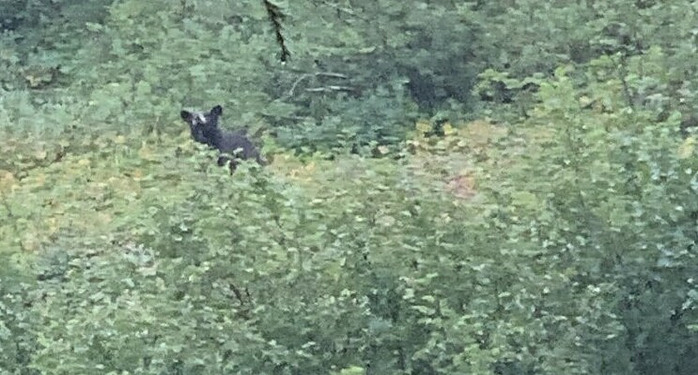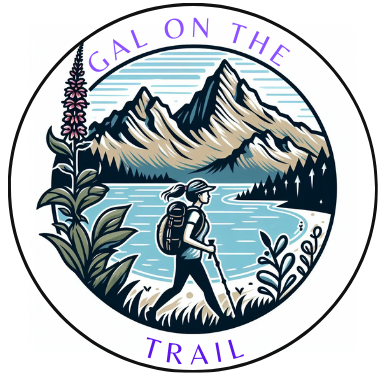
A Guide to Safely Handling Animal Encounters in Nature
Growing up in Alaska, we had to know how ot handle safety encounters with animals! I have seen my share of wildlife. I have been sized up by more bull moose than I can count. I think 5 is the most I saw on one urban walk around my neighborhood last summer. My husband and dog were charged by a moose a few winters ago. After my dog spooked the moose, he jumped up and headed straight towards them. My husband had to sprint behind a tree and drag our dog through the deep snow. If he hadn’t known to use the tree as a shield, things could have been a lot worse. If you plan a trip to Anchorage, I can tell you 3 spots to go that will almost guarantee a moose siting!
Understanding Wildlife Encounters:
Encountering wildlife in their natural habitat can be a thrilling and enriching experience for nature enthusiasts. It is essential to approach these encounters with respect for the animals surrounds. How people handle these animal encounters in nature will help you enjoy the outdoors. Researching their behaviors and habitats before your outing, will help you feel comfortable going outside. If you know what kind of wildlife is in the area, make sure you are prepared for anything. Keeping a respectful distance from animals in nature, is a good way to stay safe and be able to enjoy your surroundings.
Encountering Wildlife Responsibly:
Make sure you understand and follow local regulations and guidelines for the area. Stay on designated trails to minimize the risk of stumbling upon wildlife unexpectedly. Animals will often avoid well-travelled human paths. When taking pictures, make sure are not causing stress to the animals.
- Maintain a Safe Distance:
Always observe wildlife from a safe distance. Use binoculars or a zoom lens to get a closer look , but make sure you are area if animal seems to be getting closer! Once my brother was so caught up studying a bear, it got real close! Getting too close can cause stress and anxiety for the animal, leading to defensive or aggressive behavior. - Stay Calm and Quiet:
Sudden movements and loud noises can startle animals. Speak in hushed tones or maintain silence to avoid alarming them. However, when on a trail in the woods, it is good to make noise to alert an animal that you are in the area. ” Hey bear” is what I basically yell when on a trail! - Do Not Feed Wildlife:
Feeding wild animals can get you fined and is a terrible idea! It also encourages them to associate humans with food, leading to a posible dangerous situation. Respect their natural foraging habits and allow them to find their own sustenance. - Signs of Agitation:
Learn to recognize signs of stress or aggression in animals, such as raised fur, vocalizations, or changes in body language. If an animal displays such behavior, slowly and calmly move away to reduce the perceived threat. Easier said than done that is for sure.
Specific Animal Encounter Tips:
 This is a bear I saw while hiking. He had just been on our trail and was scared off by our talking. We had spray, whistles, and a fog horn. We for too loud for him to be curious!
This is a bear I saw while hiking. He had just been on our trail and was scared off by our talking. We had spray, whistles, and a fog horn. We for too loud for him to be curious!
Bears:
I have seen lots of bears in Alaska, I am overly cautious, but that is my comfort level. I sing my little heart out on trails as well as wear a bear bell. Making noise while hiking will alert bears to your presence. Make sure to carry bear spray and know how to use it. I highly recommend watching videos or taking a course on how to use the spray. If you encounter a bear, avoid direct eye contact, back away slowly, and do not run. I repeat, DO NOT RUN!
Snakes:
of course the Indiana Jones movie comes to mind at the mention of snakes! I have not encountered snakes so I am learning something new too! I recently moved to Idaho so I know a snake siting is a possibility. Make sure to watch your step, especially in tall grass or rocky areas. Wear sturdy boots and long pants to protect against snake bites.If you get bitten, remain as calm as possible, immobilize the affected limb, and seek medical attention immediately.
Big Cats (Mountain Lions, Bobcats):
I was afraid of bears living in Alaska and now its mountain lions! Do not use the tactic from the movie Parent Trap of banging two sticks together! It helps to travel in groups as they are less likely to approach large groups. Making yourself look large will help deter them from approaching as well as maintaining eye contact. If attacked, fight back!
Insects (Bees, Wasps):
I feel less stressed just working my down this list of animals in nature! However, a bee or a wasp sting is unpleasant to say the least. Try to avoid swatting flying insects as it may agitate them. Try move away slowly if they won’t go away. If you are allergic, always make sure you are prepared.
By adopting responsible practices and educating yourself about specific species, you can enjoy the outdoors more while minimizing potential risks. Remember, the goal is to coexist with all inhabitants of the world. I hope this post doesn’t put you off going into nature. I have realized the more I explore and the more I learn, the safer I feel. Be smart and have fun! I would love to hear about an amazing animal encounter you may have had!

